Apple's first augmented and virtual reality headset will need to be tethered to an iPhone for its most advanced features, much like non-cellular Apple Watch models, new chip details suggest.
The Cupertino tech giant completed work on the Apple AR chips in 2020. According to The Information, the physical designs for the three AR/VR chips are complete, and the silicon is now ready for trial production.
Sources familiar with the development of the device say that Apple supply chain partner Taiwan Semiconductor Manufacturing Co. will make the chips. Mass production is at least a year away.
Additionally, The Information has learned more details about the Apple AR SoC. For example, it lacks the neural engine and machine learning capabilities of Apple's other silicon.
The lack of advanced machine learning features is due to the fact that the headset is meant to communicate wirelessly with a host device, presumably an iPhone or computer. The host device will have the computing tasks required to display virtual, augmented, or mixed reality images.
Apple has specifically designed the custom AR chips to function better than more general third-party silicon. The chip, as an example, features better wireless data transmission, compression and decompression, and energy efficiency features.
All of those features a key to processing ultra-high-resolution video from the headset's, which could allow the device to replicate "the resolution and detail of what users see in real life while displaying digital imagery and information in front of their eyes." However, the SoC also has its own central processing unit, suggesting that it could operate in a less advanced standalone mode.
The chip's design is based on TSMC's 5nm manufacturing process, indicating that it won't be a cutting-edge piece of silicon when it launches. However, The Information's sources said the headset's chip doesn't need to be as compact or powerful as an iPhone's.
In addition to the SoC and the two other chips, Apple has also reportedly wrapped up designing the image sensor and display driver for the headset. However, TSMC has run into manufacturing bottlenecks producing the chip.
Apple is widely thought to be working on several head-mounted devices, including a lightweight "Apple Glass" device that could pair with an iPhone and a more advanced — and expensive — mixed-reality visor.
The specific device named in Thursday's report appears to be the MR headset, which The Information previously reported would pack ultra-high-resolution displays and advanced eye-tracking technology. That device could debut in 2022, with the lighter and sleeker "Apple Glass" arriving the following year.
 Mike Peterson
Mike Peterson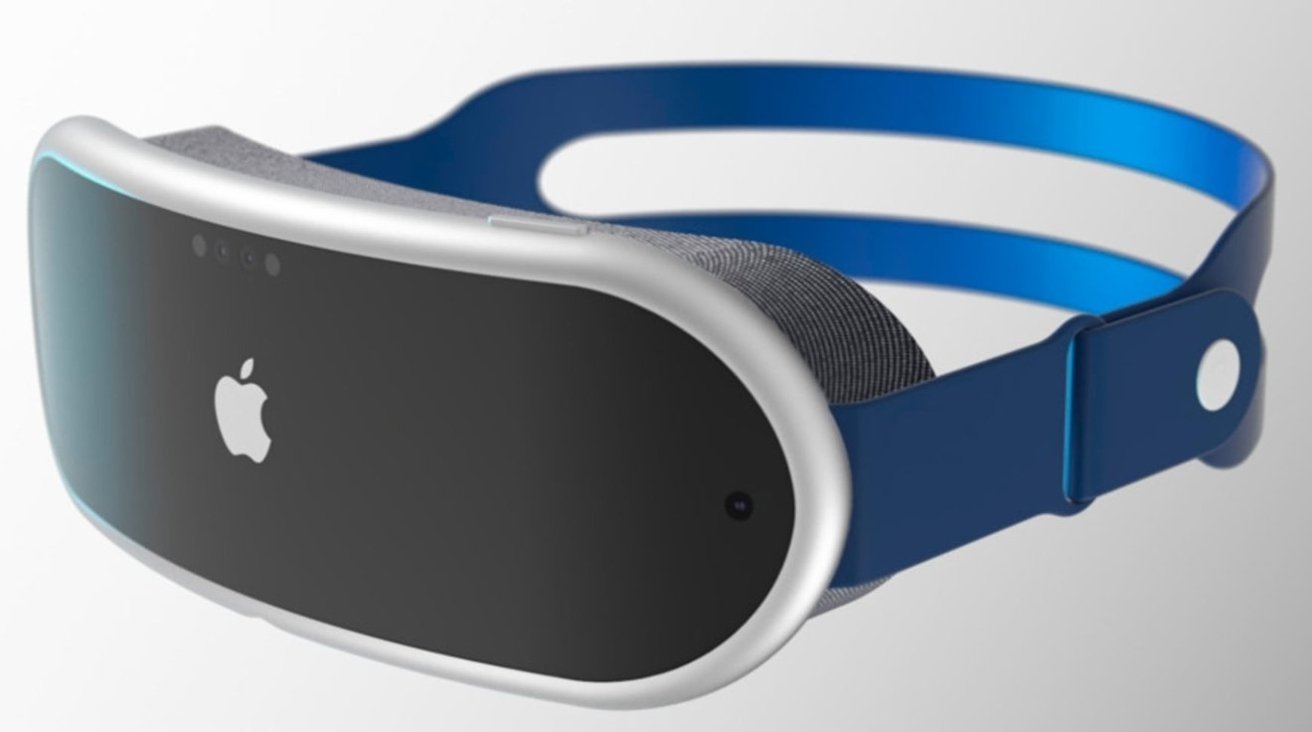



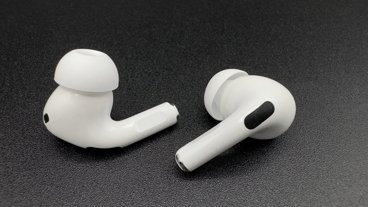



-m.jpg)






 Christine McKee
Christine McKee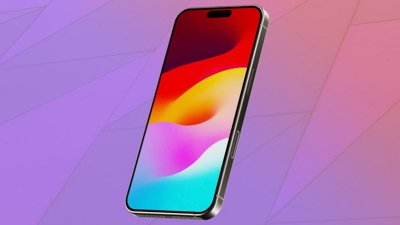
 Malcolm Owen
Malcolm Owen
 Chip Loder
Chip Loder
 Marko Zivkovic
Marko Zivkovic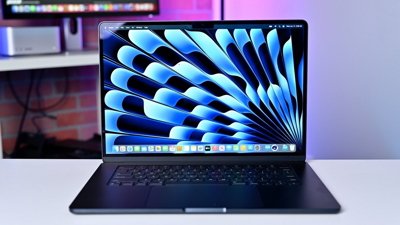
 Wesley Hilliard
Wesley Hilliard
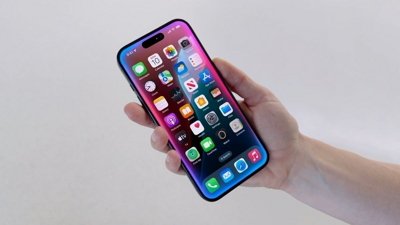
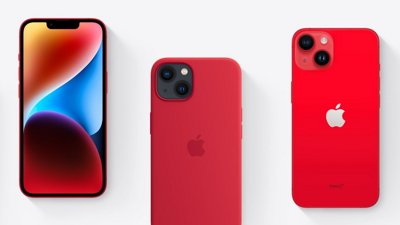








9 Comments
Actually, this is fine. The iPhone should contain all the expensive electronics and the headset should just be a screen to keep it as light and affordable as possible. The Oculus Quest works best when it is connected to a PC for the highest resolution graphics and best compatibility. Now all we need is for Apple to get out the way of developers so we can have some decent x86 VMs on the iOS.
This is exactly how I imagined Apple's AR glasses to be. Given that there's some serious space and power constraints in the (supposedly) thin frame of the AR glasses. All the heavy lifting will be done by the iPhone, with the glasses only serving as a display.
It makes sense to offload processing where possible.
Traditional tethering to a PC is a pain but tethering to a powerful mobile device wouldn't be an issue for most users. Especially if it helped keep the cost of the headset lower.
If it is the goggles form factor, it doesn't make sense. There should be room for chips and batteries with goggles shaped headsets. There are going to be latencies with off-device computing tasks that won't make for a good experience. Maybe it is only for computing or rendering the scene and it is loaded in.
If it is the eyeglasses form factor, yes, I can see it. Just not a lot of room for chips and batteries. Have to compromise.
I’m still curious about the rumors of a high end headset to use with the Mac for 3D/XR content developers, if that’s going to be a thing.
If Apple is serious about participating in this field, or even supporting content developers/designers working in this field, there’s going to have to be VR headset support on the Mac again. It was weird when they were seemingly pushing it in 2017 with the iMac Pro and in FCPX etc and third parties via SteamVR only to have the rug pulled out when third parties fled the platform and SteamVR languished. They either need to embrace third party support and work with those partners or develop their own, and I think we all know what they’d prefer if they’re serious at all.